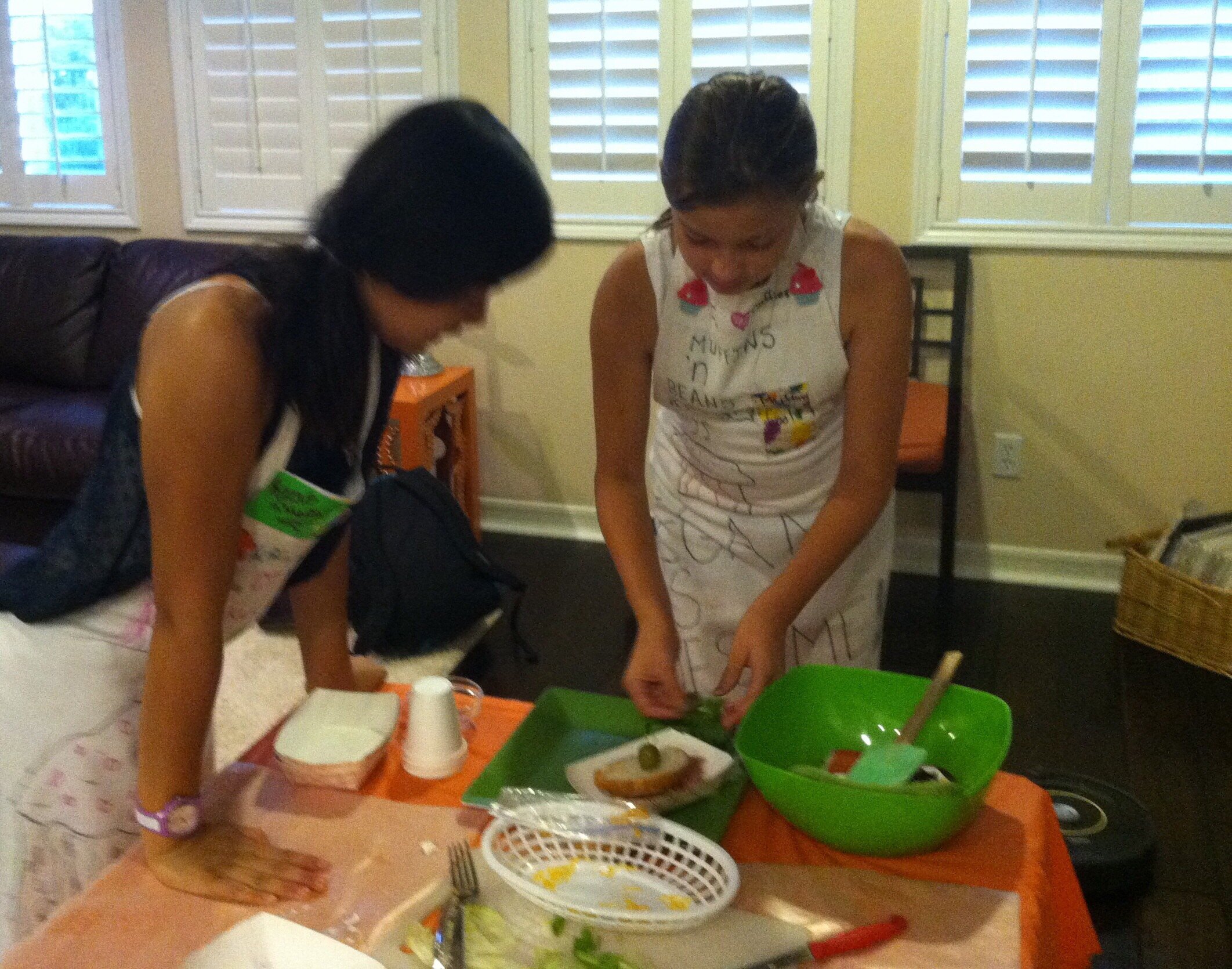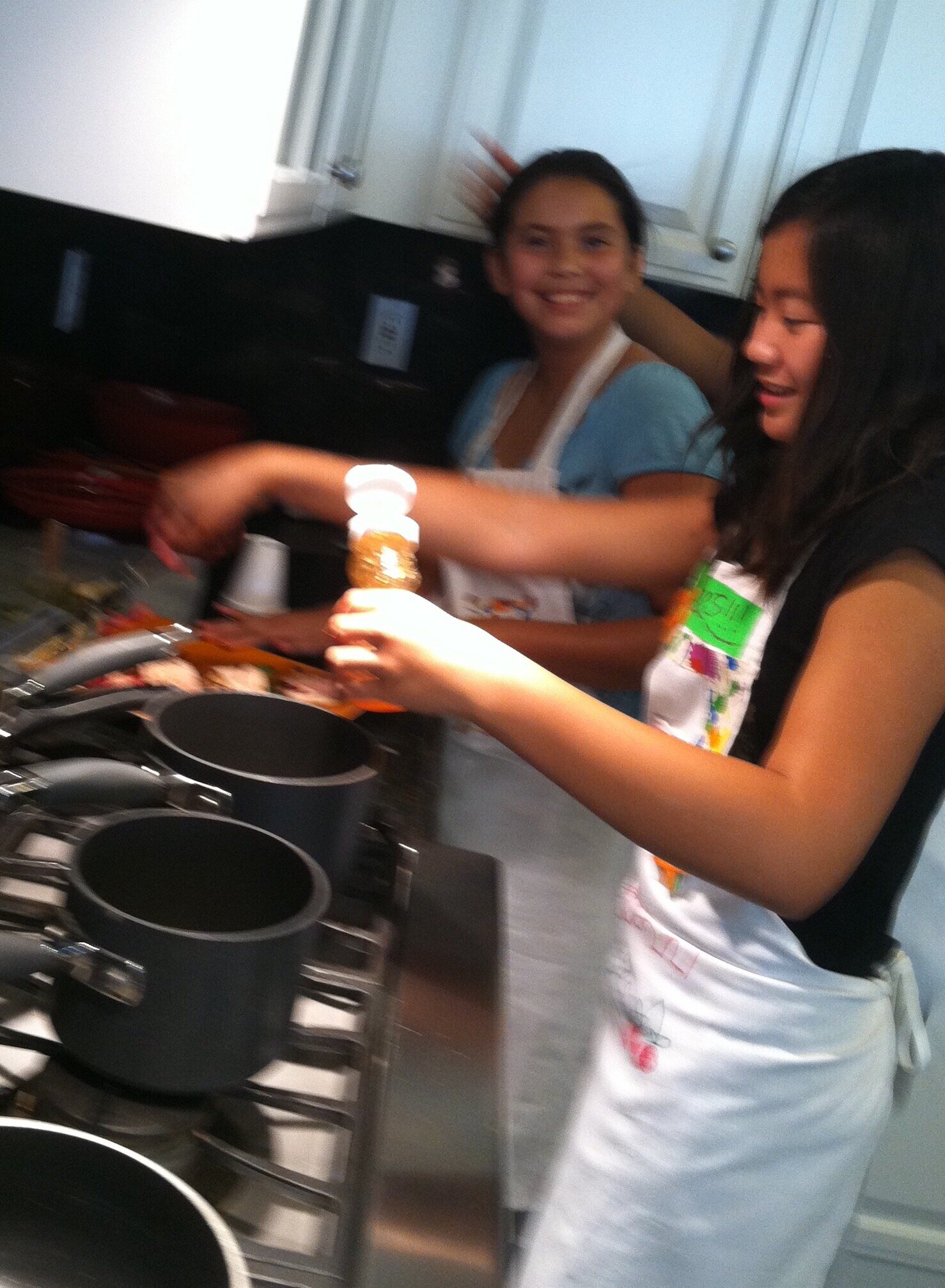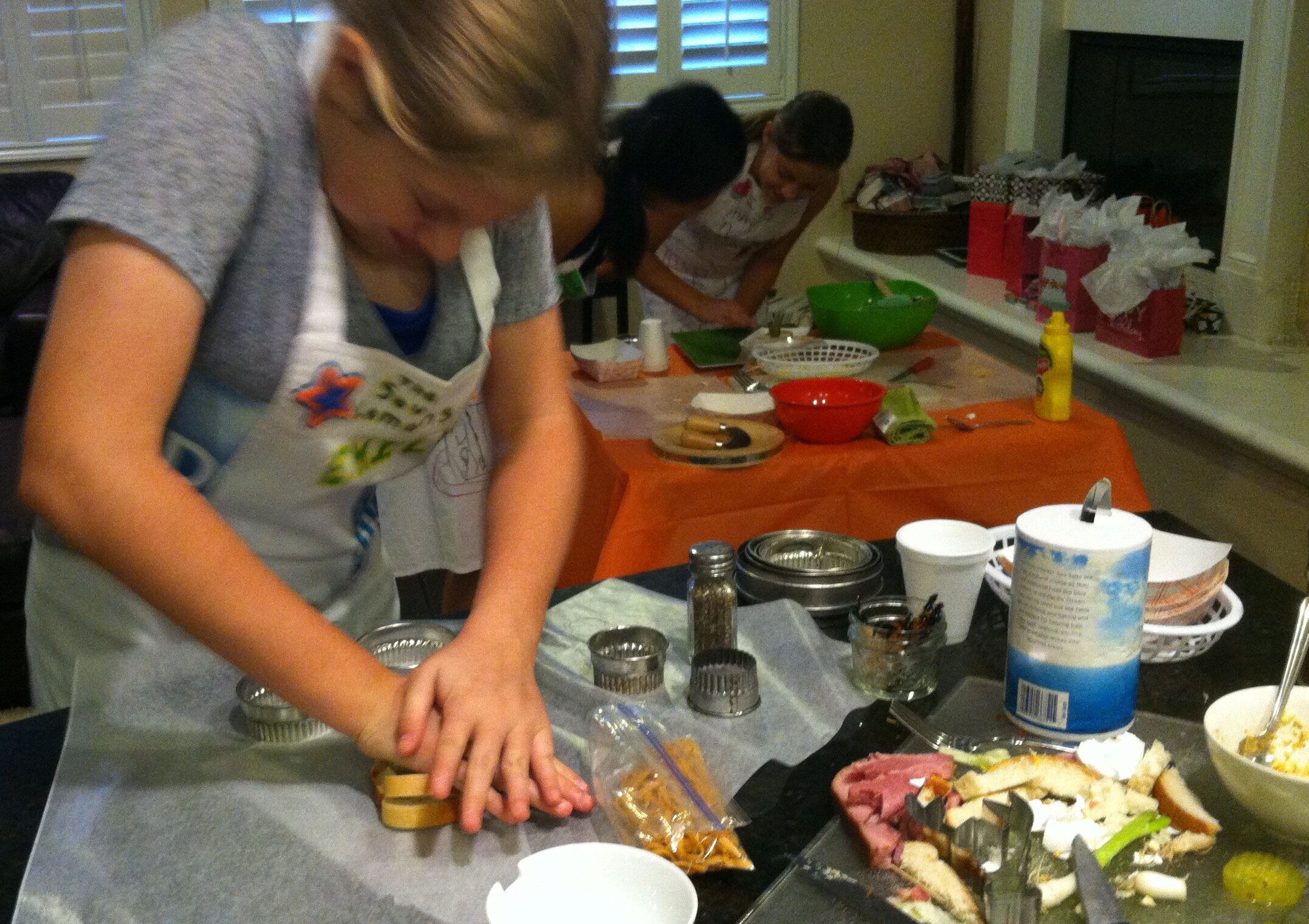Over the last several weeks we have been challenging you to find different ways to shake up your spiritual routine. This week, the challenge is to stretch your “Encouragement Muscle.” Physically, if we haven’t stretched our muscles for a while, they can become tight and start to weaken. Spiritually, it can be clunky and awkward at first to use some muscles that we haven’t used in a while. We need to be intentional in “working out” our faith and getting into that new routine of spiritual exercise.
So the new training regimen for this week is to think of two people each day that you want to encourage this week. The bible is filled with verses on the importance of encouraging one another. Especially in times like we’re in right now, the need for a sincere and genuine encouragement from a friend or relative is massive. Encouragement holds the power to soften the air, strengthen those feeling weak, bring hope to the discouraged, and usher God’s kingdom more fully into the world.
Here are some tips for how this can look for you:
Begin each day with a prayer to God to put someone’s name on your mind that might need a word of encouragement that day.
Do a search for all of the bible verses that mention the importance of encouragement. See what you can learn from those verses and their surrounding contexts.
Every hour stop what you are doing and ask yourself, “Have I encountered someone this past hour that could use a follow up encouragement?”
Send someone a text, write a hand written note, a well-timed email, or maybe a personal call.
Get your kids involved. Go to your neighbor’s or a friend’s house and have your kids write some special notes or bible verses with chalk on their sidewalk or driveway.
If you are married, don’t forget about the importance of a thoughtful and genuine note to your spouse. Maybe write it down and leave it in a spot where they will find it later.
-Pastor Tyler Lemen
Associate Pastor of Family Ministries at Friends Community Church









